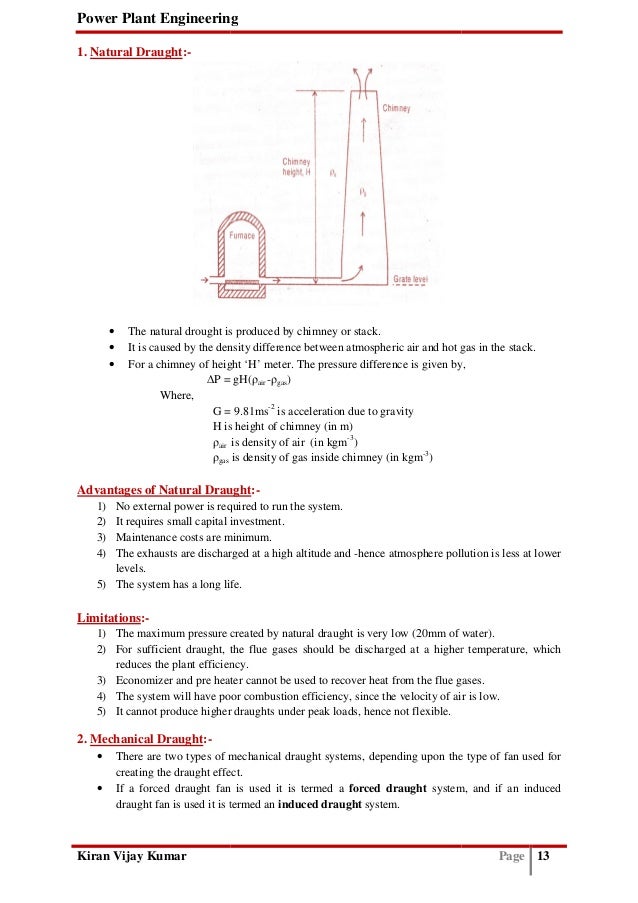Power Plant System Design Ebook Free
Power Plant energy efficiency is vital to maintain minimal consumption rate within the facility. Energy efficiency is the effective means of optimally configuring in house control systems to use only power necessary without waste.

Power Plant System Design Ebook. You can change the font and color of Power Plant System Design Ebook text, but youll miss Power. 2Y4PJsk8x Free.
This article goes into the concerns when developing a facility and how energy efficiency is not an easy task. Designing for energy efficiency in power plants has many challenges from technical to non-technical obstacles. Those that pertain to electrical engineering include: • In power plant design, electrical engineering is often the last department to engage after mechanical and control systems. This leaves little for electrical engineers to engage is proper integrated energy efficiency design. This often has damaging effect on the energy efficiency of power plants. This means that all of the internally consumed energy through the electrical system which is inefficiently used. • The power system is the first item that is designated.
This causes further restrictions on the allotted time that electrical engineers can spend on conceptual studies important for internal power plant operations. Conceptual studies usually present the best opportunity to understand the impact of basic energy efficiency improving design changes which are developed around greater efficiency improvements based on analysis. The power quality studies for energy efficiency include: • Load Analysis • Power Flow and Voltage Drop Analysis • Motor Starting Analysis • Short-Circuit Analysis Load Analysis Load analysis is one of the most important engineering steps for increasing energy efficiency.
Gathering information and data about all the loads that the power system will encounter is the first step towards design. This means understanding critical loads, duty cycle, seasonal variations, and startup requirements. These sources usually come from the mechanical and controls design team. Due to fragmentation of suppliers, compiling a detailed load list is never an easy task. For those without actual data on current designs can consult similar past projects as a guide. Load analysis should begin with quantifying the maximum operating load based on actual loads and loading factors. Inflated values given from the manufacturer can lead to oversizing of the supply.
The load analysis should also take into account for the number of loads on the system. Power Flow and Voltage Drop Analysis Power plant system voltages have a definite impact on energy efficiency. Choosing a higher bus voltage where possible will reduce the ohmic losses due to lower current levels relative to low voltage buses. Selecting medium voltage rather than low voltage drives and motors will reduce ohmic losses in drive-power equipment.
Patch 12.0.4 Fm 2012. Motors and transformers rated at higher voltage levels ultimately have higher efficiencies. Thus, higher bus voltages will allow the designer to specify fewer, larger transformers and will increase overall system energy efficiency. Startup Analysis Motors with soft starters draw much more than their full load operating current during startup. High torque demands during startup will increase the load on the power system leading to oversized components, which leads to extra expense of lower continuous running efficiency. Retro Synths 1980s By Puremagnetik Rar Files. Understanding the requirements of motor startup will help in designing for interconnecting components without over estimating parameters, essentially designing for exact operating conditions for proper components. Edius 6 05 Usb Dongle Crack Hasp.